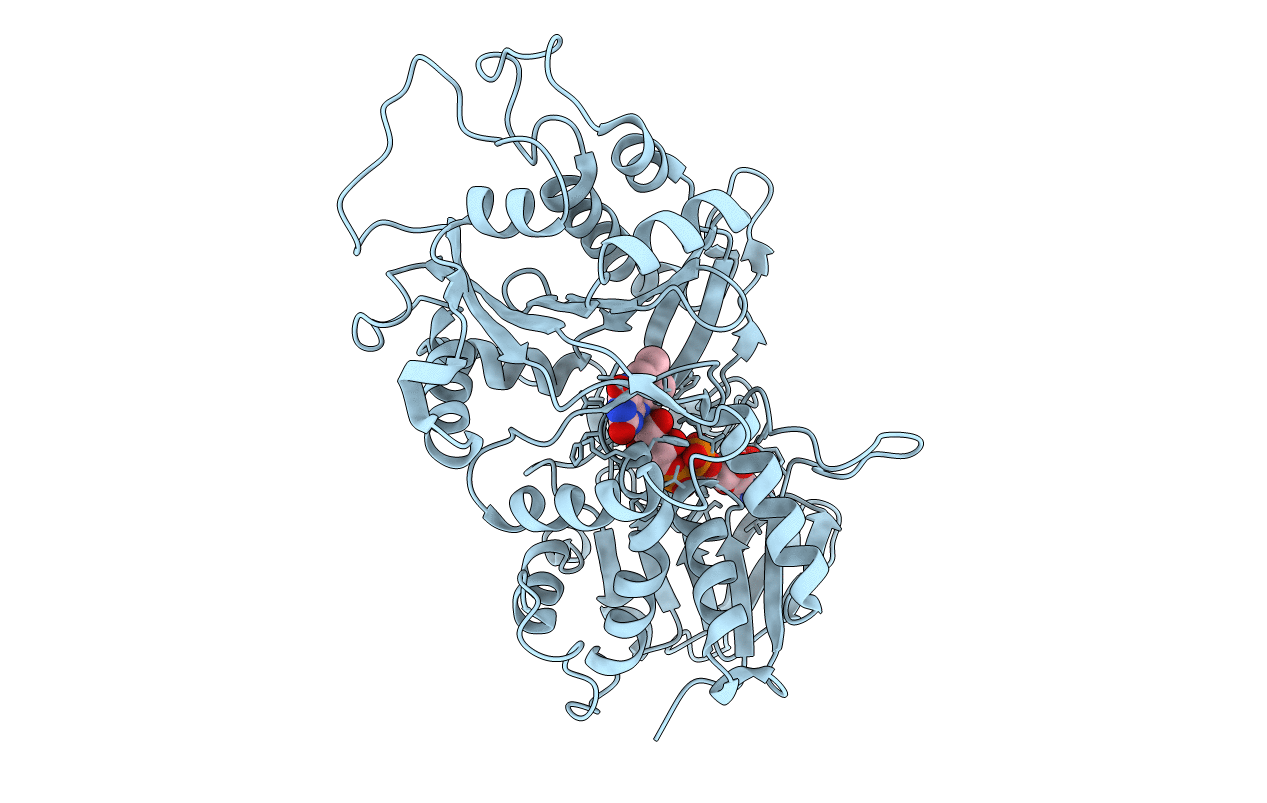
Deposition Date
2018-05-02
Release Date
2018-09-19
Last Version Date
2024-01-17
Entry Detail
PDB ID:
6GG2
Keywords:
Title:
The structure of FsqB from Aspergillus fumigatus, a flavoenzyme of the amine oxidase family
Biological Source:
Source Organism:
Aspergillus fumigatus Af293 (Taxon ID: 330879)
Host Organism:
Method Details:
Experimental Method:
Resolution:
2.60 Å
R-Value Free:
0.24
R-Value Work:
0.21
R-Value Observed:
0.21
Space Group:
P 65 2 2


